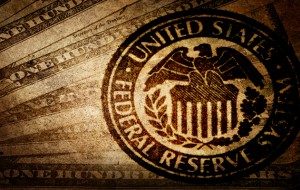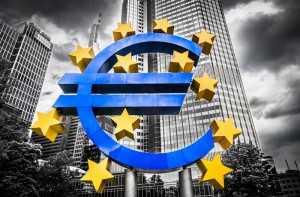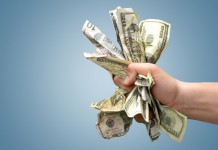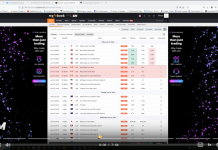Economy turning positive as market expectations grow
It is perceived wisdom that rate hikes tend to follow a period of improved economic activity that needs to be “dampened down”. The way things have happened in the U.S so far in 2017 flies in the face of what is “normal”.
 The Fed hiked rates in December 2016 quite rightly expecting a spurt in activity following the populist election of Donald Trump. Following three months of slowing activity and political upheaval they hiked again in March and then again in June.
The Fed hiked rates in December 2016 quite rightly expecting a spurt in activity following the populist election of Donald Trump. Following three months of slowing activity and political upheaval they hiked again in March and then again in June.
Traders’ expectations then cooled and the likelihood of a further hike in 2017 fell to 50/50. Now, having had two consecutive months of 200k+ new jobs being created, optimism and investment are starting to return. The stock market has resumed its “one-way bet” status and further hikes are being talked about.
The dollar has reacted positively to the data but remains in a long-standing downtrend against the Euro. It has managed to return above the 110 level against the JPY although given the BoJ’s concerns over a strengthening currency that is not the best method to judge dollar strength.
Pound suffering as headwinds grow
Sterling is suffering in much the same way the dollar did. There are headwinds appearing almost daily as politics, economic activity and Brexit combine to drive the pound lower.
 Sterling looks set to break below the 1.3000 level and any increase in the pace of a fall in the pound will bring inflation concerns. Economic activity is undoubtedly slowing. Growth expectations have been lowered by both the IMF and BoE itself, a rate hike cannot now even be contemplated until next year and dependent upon how Brexit unfolds maybe not until after the March 2019 deadline.
Sterling looks set to break below the 1.3000 level and any increase in the pace of a fall in the pound will bring inflation concerns. Economic activity is undoubtedly slowing. Growth expectations have been lowered by both the IMF and BoE itself, a rate hike cannot now even be contemplated until next year and dependent upon how Brexit unfolds maybe not until after the March 2019 deadline.
Even the withdrawal of extraordinary measures put in place during the financial crisis now cannot be anticipated for fear of driving the economy into recession. Retail sales and house price data released in the U.K. yesterday showed economic activity slowing and further data which shows the consumer withdrawing economic support will accelerate Sterling’s fall.
The pound has broken an uptrend line in place since its June 21 low and is now trading below its 21-day moving average. Versus the Euro, a fall towards 0.9250 is likely once resistance at 0.9050 is conclusively broken.
Eurozone finding equilibrium despite Monetary Policy pause
At the start of 2017, the dollar was expected to benefit from the economic stimulus both real and perceived that newly elected President Donald Trump was going to bring to the U.S.
The Eurozone was suffering on many fronts and a break of parity was a certainty for the common currency against the dollar. Six months or so later, the common currency sits close to 15% higher, monetary policy can be allowed to promote growth and the political concerns that had been feared have been consigned to history.
 It is a remarkable turnaround and a testimony to the ECB that they have managed to remain firm in the commitment to providing monetary policy that benefits the many possibly even at the expense of the few.
It is a remarkable turnaround and a testimony to the ECB that they have managed to remain firm in the commitment to providing monetary policy that benefits the many possibly even at the expense of the few.
There are still gentle headwinds that could grow. Brexit is being seen as a U.K. issue but there is going to be a hole in the EU budget at some point that is going to need to be addressed. Political issues are rising slowly in the eastern part of the region. Traders seem to want to push the Euro to the 1.2000 level although given the newly found optimism pervading the U.S. and the dollar, that may be the top we see for some time.
















